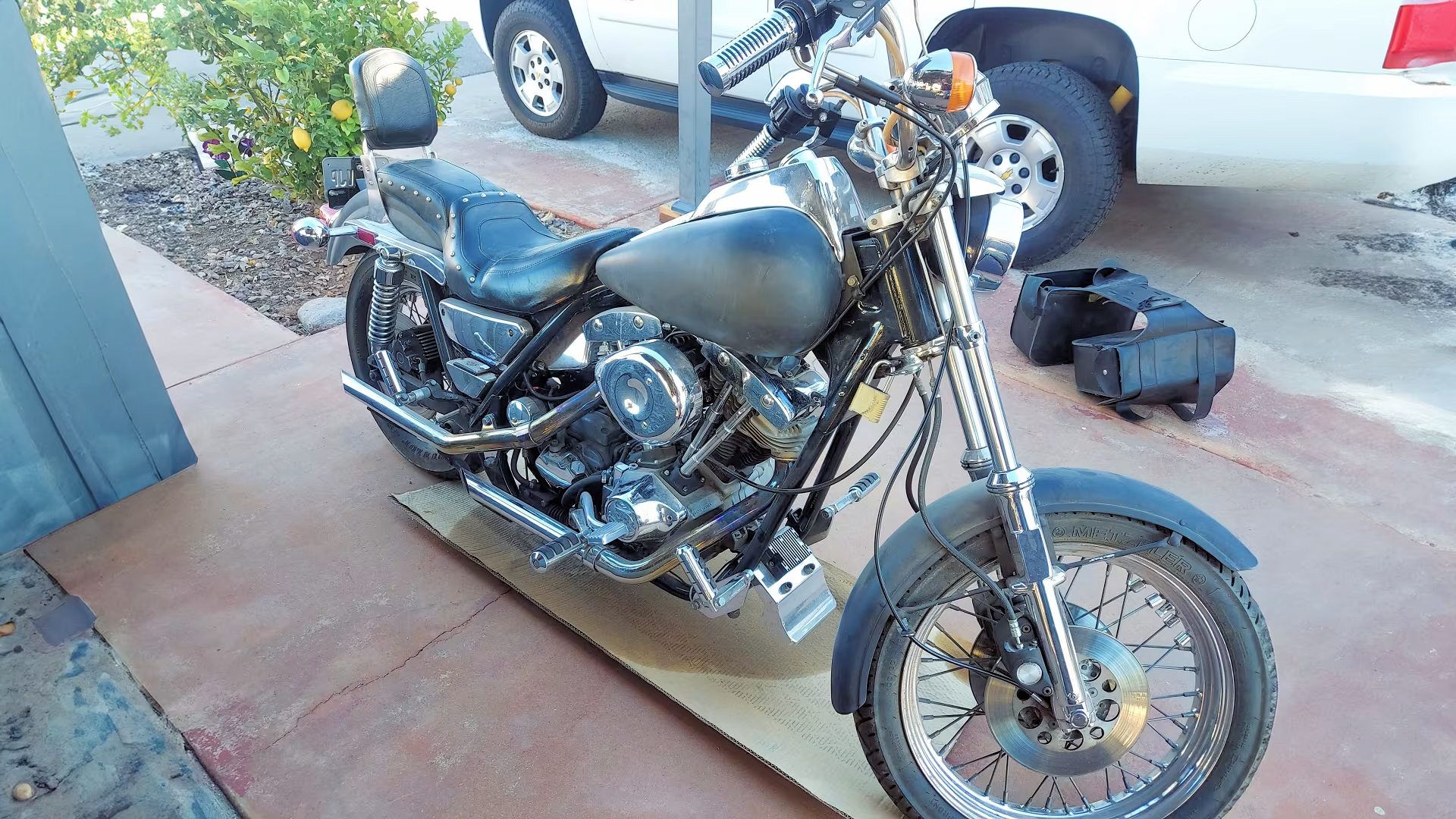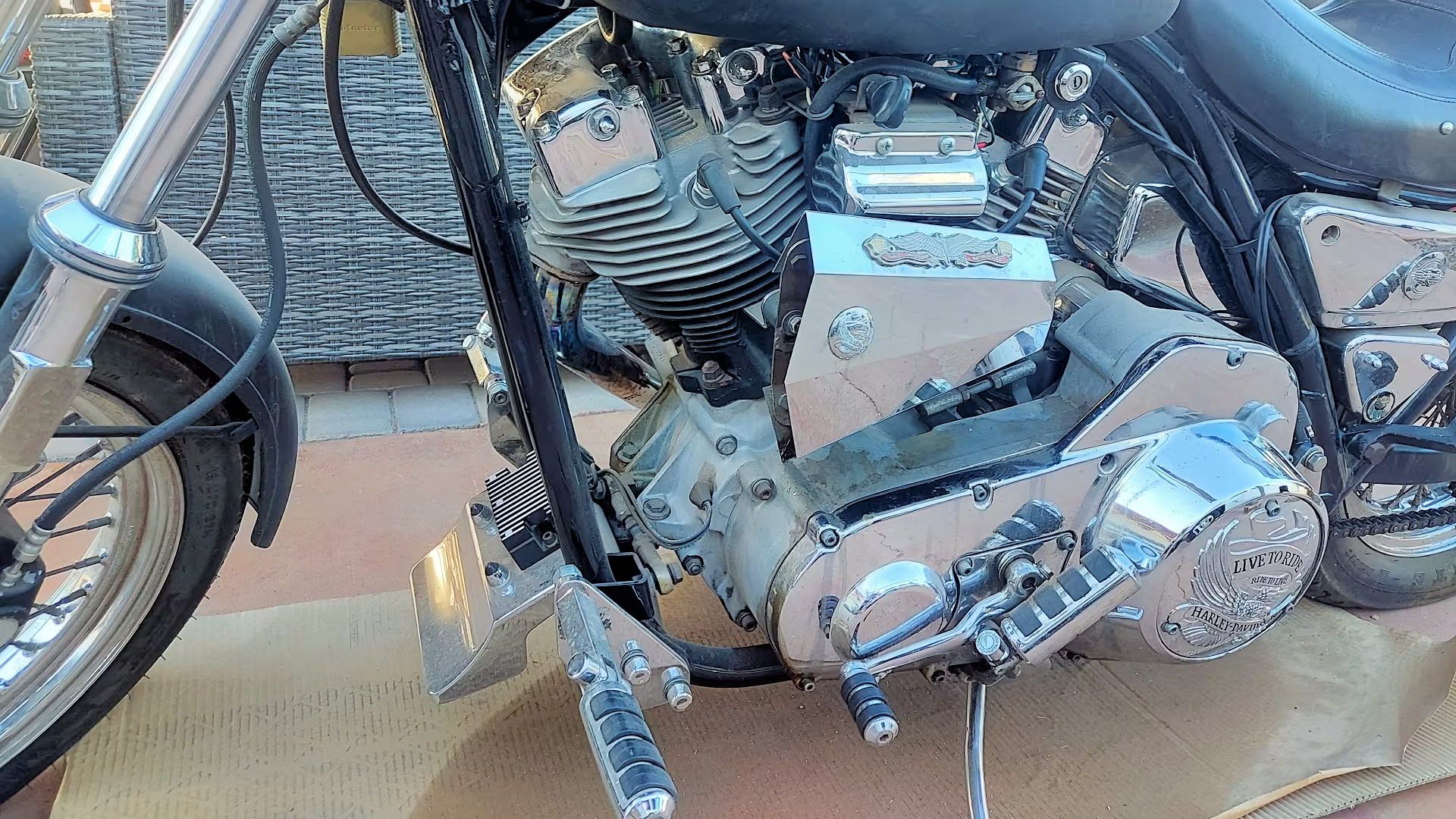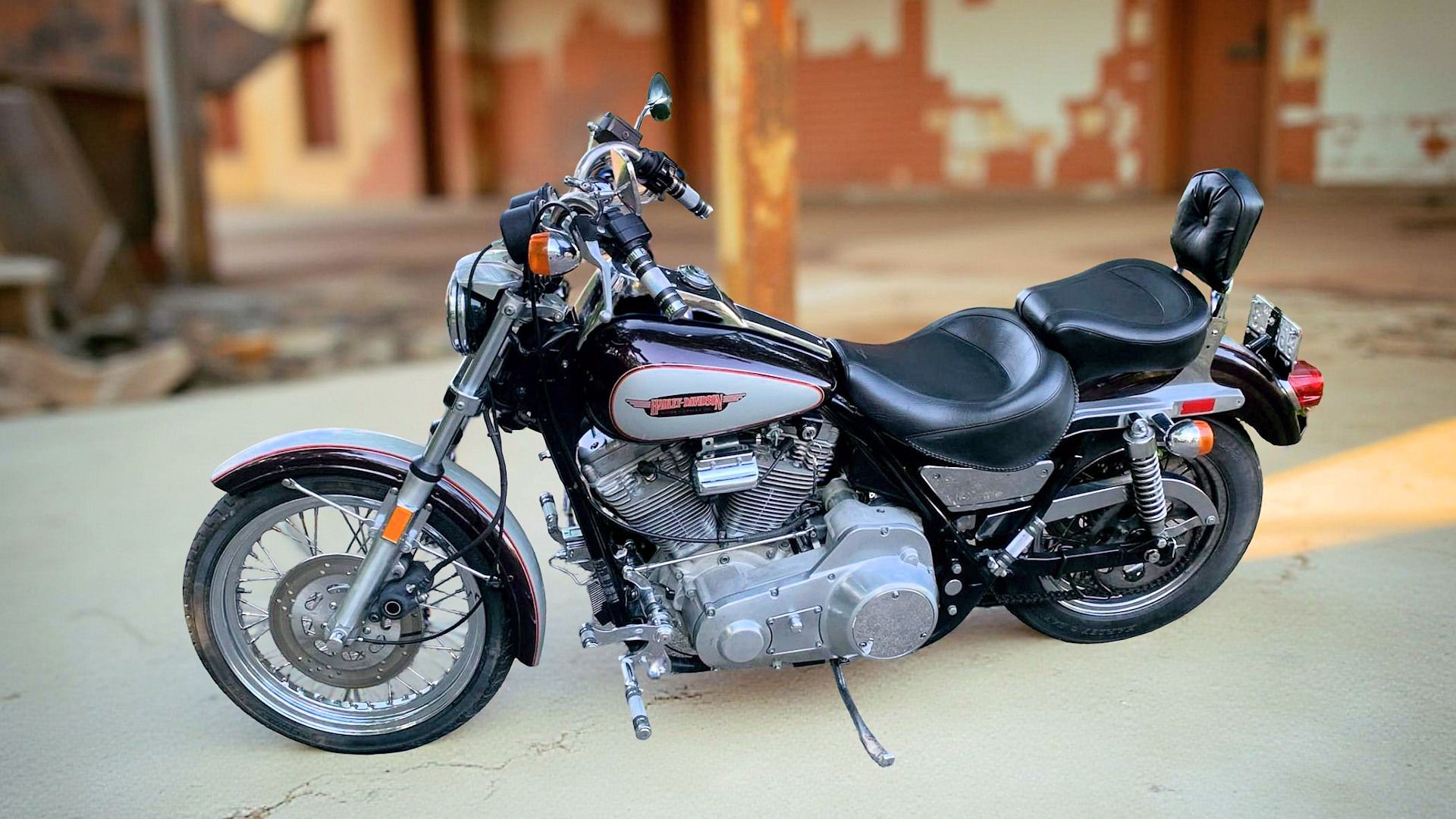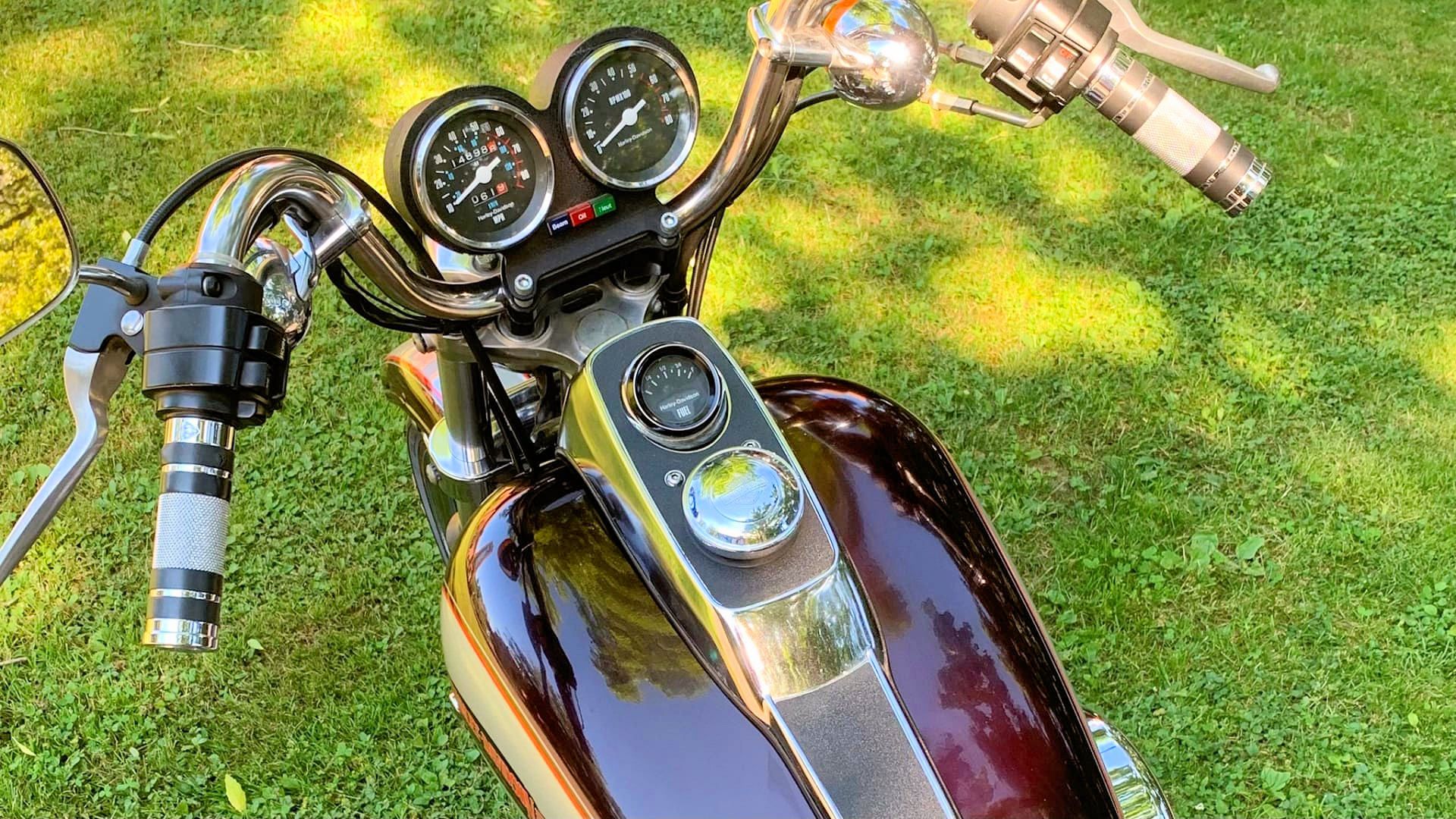The Harley-Davidson Motor Company introduced its first custom cruiser, the Super Glide, which remains a favorite among seasoned riders, often regarded as one of the finest bikes ever produced in Milwaukee. This narrative isn’t solely about a specific model; it’s a celebration of a unique frame, powerful engine, and innovative motor mounts that created magic. Here’s the iconic Harley cruiser that should never have been discontinued.
The information presented in this article has been meticulously curated from Harley-Davidson, Honda, and my expertise as a certified Harley-Davidson mechanic to ensure accuracy and relevance.
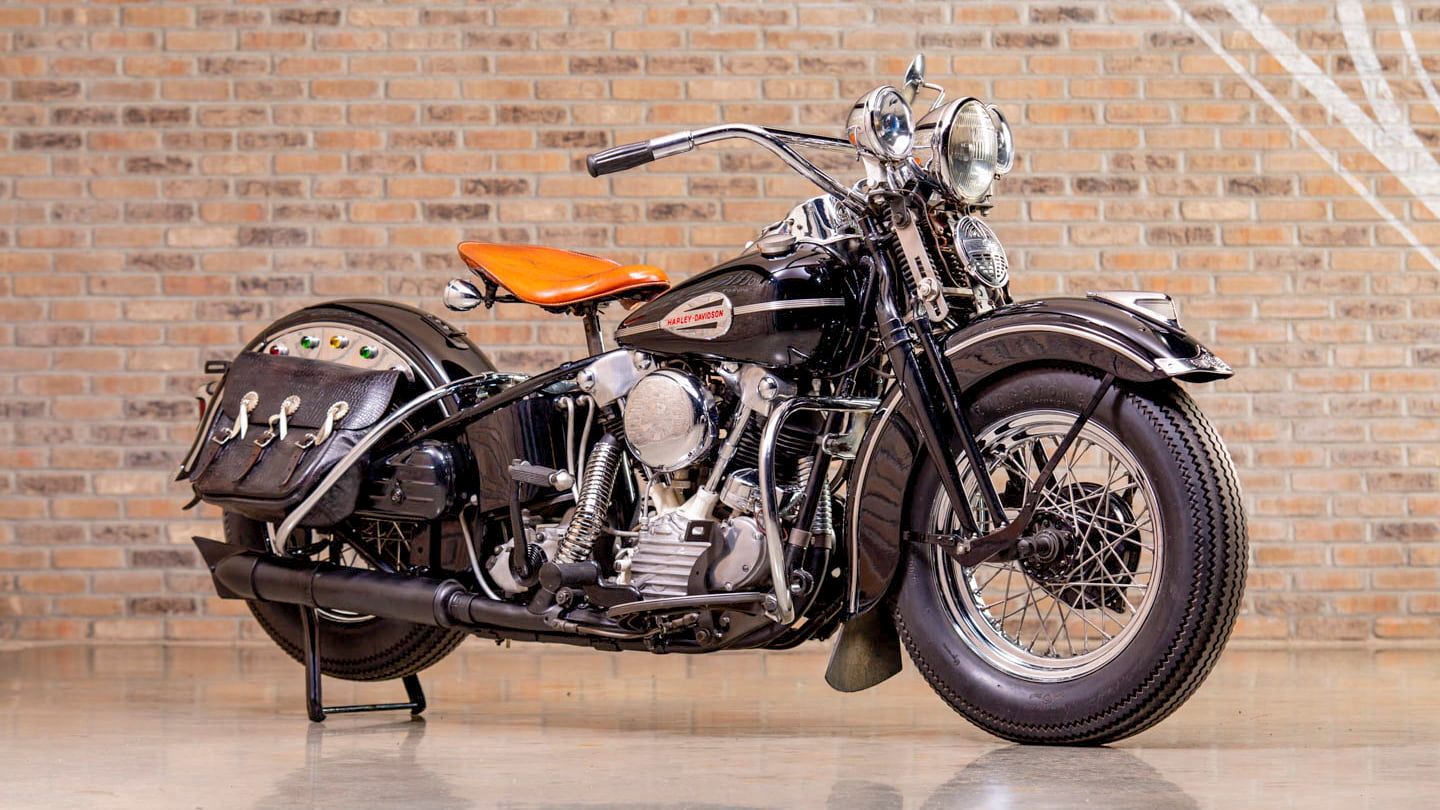
Related
10 Most Legendary Harley-Davidson Production Motorcycles Ever
A long and illustrious history, but some models stand out more than others
The Harley-Davidson FXR Super Glide II: A Legendary Evolution
Redefined American cruising with unmatched handling and comfort
The Super Glide originated on the FX frame, paired with the Shovelhead engine in 1971, serving as a bridge between the large FLT touring bikes and the sleek XL Sportsters. With its robust frame and slender front end, it stood out. By 1982, this top-notch frame made its way into the Super Glide II, though initially criticized as “too Japanese,” it earned high praise for its handling and comfort once riders experienced the FXR system.
This framework was designed to take on Japanese cruisers. Interestingly, this sentiment also surrounded the Dyna frame, which, over time, proved itself as well. The model we emphasize here retains the FXR frame and engine mount system while featuring the 80 cubic-inch Evolution Big-Twin engine. Together, we believe this represented Harley-Davidson’s best lineup until its discontinuation in 1994, leading to a variety of popular variants.
The Last of the FXR: Harley-Davidson’s 1994 Super Glide II
How the Evolution engine and FXR frame defined a legendary era before the Dyna
The 1994 Super Glide II marked the final model in the FXR lineage, before the Dyna frame took its place. The Evolution engine was introduced in 1984, replacing the older Shovelhead as the primary Big-Twin engine, powering models from ’84 to ’94. This engine brought a significant advancement in engineering to The MoCo, standing in stark contrast to the previously troublesome “Troublehead.” Its tight tolerances and low wear made it one of Harley’s finest engines.
While limiting custom modifications to official Screamin’ Eagle “Stage” kits and maintaining regular service, these bikes held up remarkably well. While performance may seem lacking by today’s standards, it’s important to note that when the FXR Super Glide II was launched, the maximum Interstate speed limit was 55 MPH, making it adequate for its time.
Super Glide II Engine And Performance Specifications
Engine | Evolution Big-Twin |
Displacement | 1,337 cc |
Compression | 8.5 : 1 |
Power | 50 HP @ 5,000 RPM |
Torque | 67 LB-FT @ 3,600 RPM |
Transmission | Five-Speed |
Top Speed | 105 MPH |
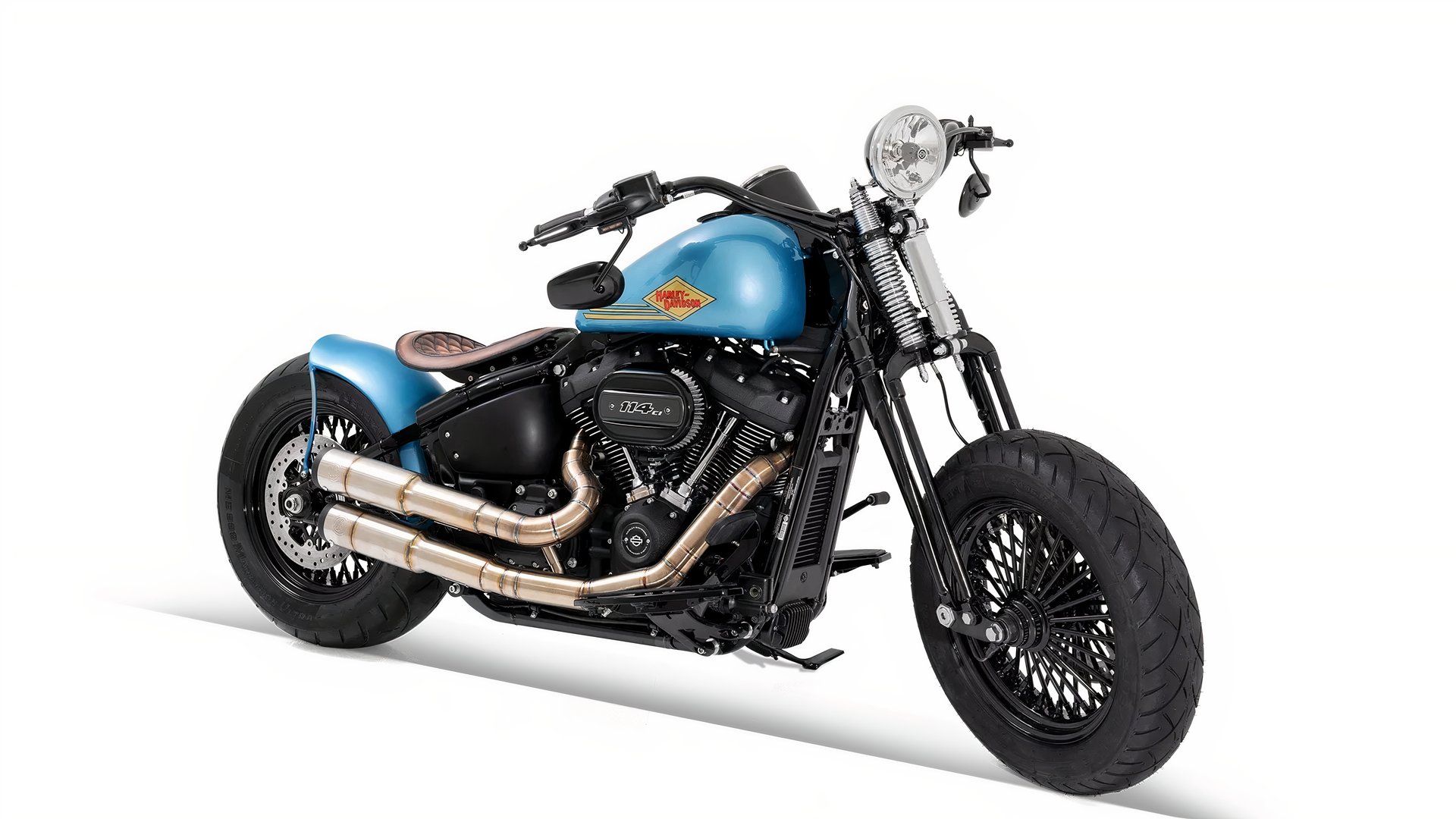
Related
A Harley-Davidson That Has 1950s Style And Milwaukee-Eight Performance
This custom Harley-Davidson cruiser flaunts cool old-school-vibing components.
Had The Chassis That Changed the Ride
How rubber mounts, chopper style, and a tricky setup made this frame a comfort icon
The FXR Super Glide II features a classic Harley design, with a mild-steel frame supporting the engine and providing protection for the cases. With a 30-degree rake, it sports a chopper influence that enhances its custom appeal and ensures impressive handling for its weight. Narrow triple trees secure 39 mm Showa fork tubes at the front, while dual rear coil-over shocks manage the ride, adjustable only for preload.
Thin-spoke cast alloy wheels complete the setup, complemented by single discs and hydraulic calipers at each end. What sets this bike apart is its rubber-mount system, which effectively minimizes engine vibrations, providing an unparalleled riding experience. While this enhancement was a welcome change, it did require careful alignment of the engine, transmission, and swingarm assembly—a task that was intricate but ultimately rewarding.
Super Glide II Chassis And Suspension Specifications
Frame | Mild-steel, double-downtube/cradle |
Front Suspension | 39 mm Showa® cartridge |
Rear Suspension | Dual coil-over shocks |
Rake/Trail | 30°/ 4.7 inches |
Wheels | Cast-aluminum |
Front Tire | 100/90-19 |
Rear Tire | 130/90-16 |
Front Brake | 292 mm disc, single-piston caliper |
Rear Brake | 292 mm disc, single-piston caliper |
The FXR Super Glide Is Where Custom Style Meets Long-Haul Comfort
Blends showroom looks with touring capability
The Super Glide was intended to embody a showroom custom, but early design elements, like the distinctive boat-tail rear fender, were replaced by more conventional options due to their limited appeal. It featured struts designed to support the lengthy front fender while providing a style reminiscent of FX models, complete with a one-piece fuel tank in the teardrop design typical of larger FL machines.
A chrome console covering the small tank gap, which houses the speedometer and wiring, mirrors what’s found on split-tank touring models. The low, 26-inch seat height, combined with mid-mount foot controls and buckhorn handlebars, creates a rider-friendly triangle. Though marketed as a cruiser, long-distance riders will attest to its capacity for covering miles comfortably, rivaling traditional touring motorcycles.
Super Glide II Design Specifications And Dimensions
Length | 92.8 inches |
Width | 34 inches |
Height | 45.8 inches |
Seat Height | 26 inches |
Wheelbase | 60 inches |
Ground Clearance | 5.1 inches |
Fuel Capacity | 4.2 gallons |
Curb Weight | 604 lbs |
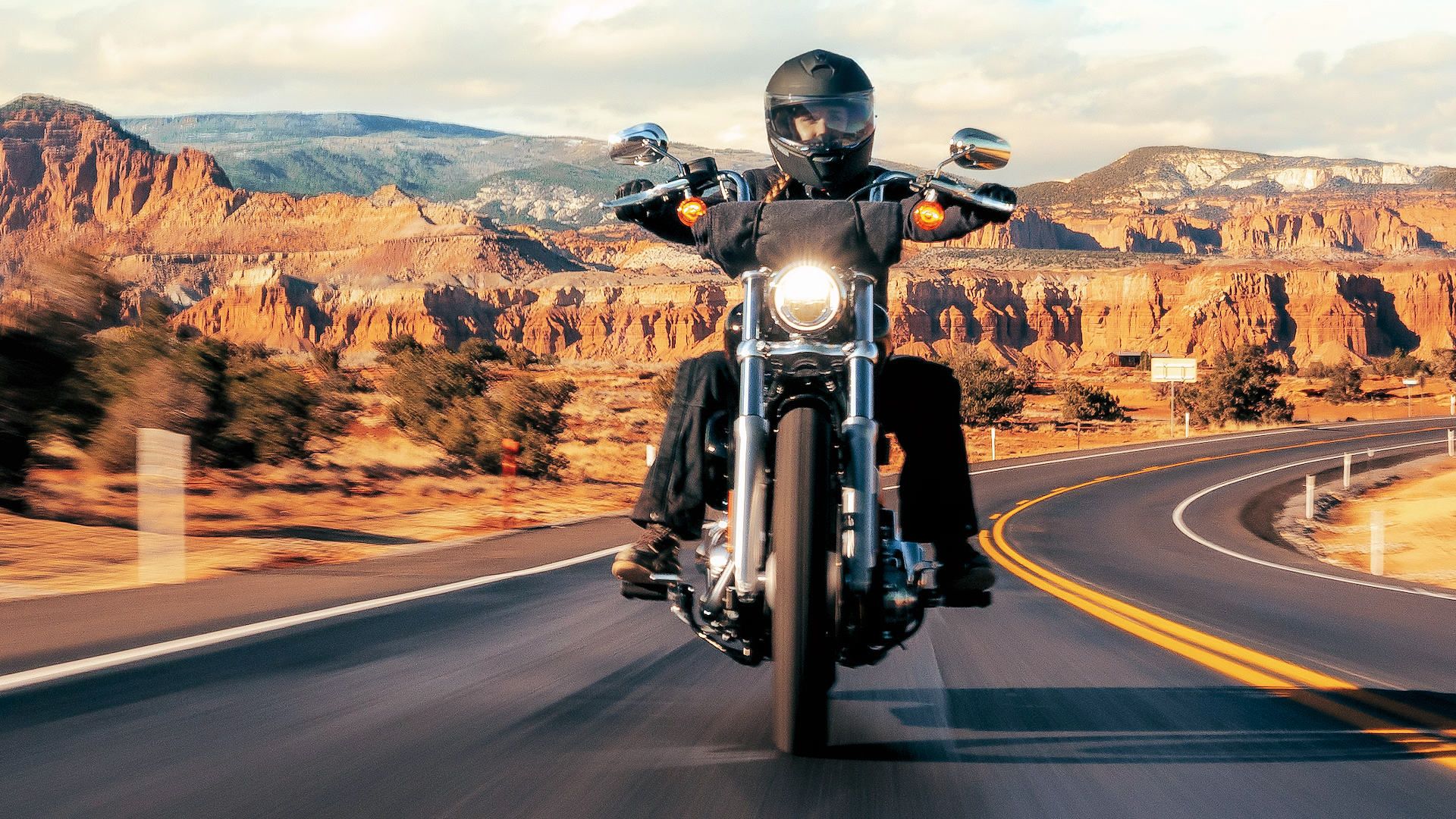
Related
The Discontinued Harley-Davidson Cruiser Bike We Miss The Most
We will miss this old-school Harley’s back-to-basics nature.
Harley FXR Super Glide II Is The Platform That Launched A Legacy
One frame spawned Harley’s most enduring variants, including the Low Rider
The FXR Super Glide II served as a foundational model and led to various successful variants. Among these, the most prominent is the Low Rider, which continues to thrive today with multiple frame-engine configurations. The model maintains a 26-inch seat height, preserving the same frame design, engine mounting hardware, and specifications. Additionally, the FXRT Sport Glide emerged as a touring variant of the FXR Super Glide II, equipped with a prominent fairing and stock luggage.
Honda VT1100C Shadow Vs. Harley FXR Super Glide: Battle Of The ’90s Cruisers
Japan’s answer to the Harley cruiser
The Japanese competition in the cruiser market was fierce during that time, with the Honda VT1100C Shadow standing out as a noteworthy contender. It mimicked Harley’s aesthetics featuring a boat-tail rear fender that had previously garnered mixed responses from U.S. buyers. The teardrop-shaped fuel tank contributed to the bike’s visual appeal, while the extended front forks added a chopper-style vibe. Powering the Shadow was a 1,099.2 cc V-twin engine generating 67 horsepower and 75 pound-feet of torque, surpassing Harley’s performance metrics significantly. The VT1100C rolled off dealer floors at $9,499 in 1995.
Harley-Davidson Super Glide II Vs. Honda Shadow Specifications
Model | FXR Super Glide II | Honda VT1100C Shadow |
Engine | V-twin | V-twin |
Displacement | 1,337 cc | 1,099.2 cc |
Compression | 8.5 : 1 | 8.5 : 1 |
Power | 50 HP @ 5,000 RPM | 67 HP @ 5,500 RPM |
Torque | 67 LB-FT @ 3,600 RPM | 75 LB-FT @ 3,000 RPM |
Transmission | 5-Speed | 5-speed |
Top Speed | 105 MPH | 107 MPH, reported |


